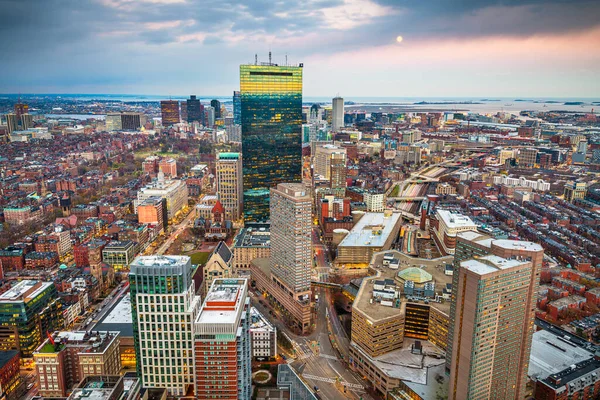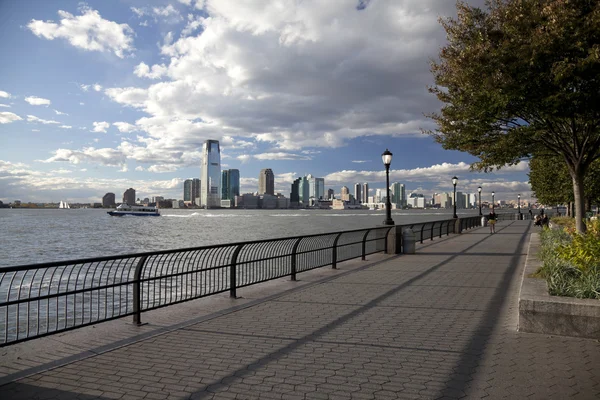
“Living in a high-stress state affects not only your daily mood, but your physical health, decision-making, and overall safety, too,” says Marc Anidjar, Founding Senior Partner at Anidjar & Levine. That statement hits harder when you see the numbers: in 2025, Alaska’s stress score is more than triple that of Massachusetts.
A new nationwide analysis shows where a person lives can dramatically shape daily pressures, from crime rates and suicide statistics to the cost of groceries. Some states grapple with deep poverty, unsafe conditions others boast strong safety nets and better access to healthcare.
This list breaks down the standout factors that push some states to the top of the stress charts and keep others bottom, uncovering what’s driving the gap-and what’s being done to close it.

1. Alaska’s Triple-Average Suicide Rate
At 28.15 per 100,000 residents, Alaska’s is the highest in the country-more than triple the national average. Experts point to harsh isolation, a lack of sunlight in winter, and limited access to mental health services as exacerbating factors. Community-based programs in rural areas, such as Qungasvik in the Yukon-Kuskokwim Delta, endeavor to foster resiliency and reduce risk by reinforcing cultural connections through activities such as drumming and hunting.

2. Sky-High Living Costs in Remote States
In Alaska, basic necessities run about 25% higher than the national average, really squeezing the household budgets. Everything from remote delivery fees to very limited supply chains equates to everyday goods costing upwards of five times more in some areas. Even with a moderate extreme poverty rate of 5.6%, the elevated expense creates intense financial pressure that affects mental health and increases accident risks linked to economic strain.

3. New Mexico Safety and Poverty Struggles
New Mexico ranks second for stress, with a safety score of just 39.7 and the nation’s second-highest suicide rate at 22.76 per 100,000. An alarming 8.2% of residents live in extreme poverty, while poor environmental conditions, reflected by a cleanliness score of 35.37, add to daily burdens. For many residents, high crime combined with limited resources puts them at risk of accidents and delayed medical care.

4. Louisiana’s Deep Poverty Crisis
Accordingly, the extreme poverty rate in Louisiana is 9%, which is the highest in the country, meaning nearly one in eleven residents cannot afford the basic needs. Median household income and health outcomes reflect conditions far from the national average. With these realities, advocacy support for initiatives such as LA40by30 to address childhood trauma, improve women’s access to health, and increase the minimum wage from $7.25 to a livable wage has become increasingly important.

5. The Role of Environmental Quality
The cleanliness scores, combining the air quality, CO₂ emitted, and landfill density, show how environmental stress impinges on wellbeing. Places such as Arkansas and Hawaii post high cleanliness scores high meaning poorest environmental conditions that add to the rise in stress. Poor air quality and waste management can exacerbate health problems, adding yet another layer to daily pressures.

6. Massachusetts’ Safety Net Advantage
Massachusetts leads as the least stressed state with a score of 24.90, propped up by an ultra-high safety rating of 60.2 and the lowest suicide rate at 8.58 per 100,000. It has the highest cost of living index at 141.2 in the top ten, but only 5% of its residents live in extreme poverty. With access to strong health care, mental health services, and legal aid, residents are better equipped to handle stressors before they get out of hand.

7. New Jersey’s Lowest Suicide Rate
New Jersey has the nation’s lowest rate of suicide, at 7.19 per 100,000, and ranks second-lowest in stress overall. Also, with only 4.7 percent of its residents in extreme poverty, being near major metropolitan areas means there is better access to specialized medical care and legal services, a factor that reduces the likelihood of a crisis becoming a long-term problem.

8. New Hampshire’s Minimal Poverty
New Hampshire rounds out the top three least stressed states with the lowest extreme poverty rate at 3.9%. The safety score of 58.2, along with a relatively clean environment, contributes to a stable quality of life. Fewer residents struggle with basic needs, helping to keep stress low despite higher costs of living.

9. Models of Community-Based Suicide Prevention
Programs like Qungasvik in Alaska’s Y-K Delta redefine the whole approach to suicide prevention by focusing on community strengths rather than individual risk factors. Traditional activities such as beadwork, seal hunting, and dance give youth a sense of purpose, social connectiveness, and life skills. National experts see this model as a potential blueprint for addressing mental health in other high-stress environments, including military populations.

10. Legal Protections as Stress Buffers
Access to victim compensation programs, workers’ compensation benefits, and personal injury protections can help residents recover from accidents or health crises without added financial strain. In high-stress states, awareness often remains limited, yet these rights are sometimes critical to preventing long-lasting hardship. In better-resourced states, strong infrastructure makes the avenues through which these protections are accessed much easier.
The contrast between Alaska’s crushing stress and the relative calm of Massachusetts underlines how safety, economic stability, environmental quality, and community support shape daily life. While geography plays a major role, targeted interventions-from cultural resilience programs to stronger safety nets-show promise in narrowing the gap. Understanding and addressing these key factors is essential for building healthier, less stressed communities across the nation.


